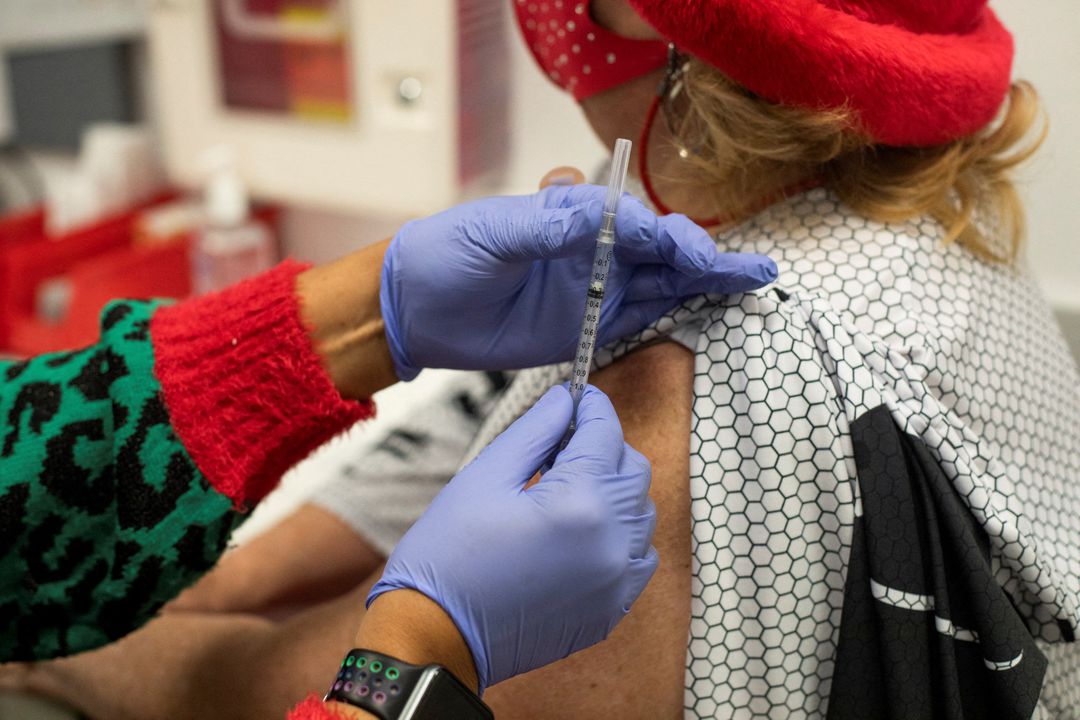Omicron cannot escape T cells; boosters protect households from Omicron
 NepalPress
NepalPress

The following is a summary of some recent studies on COVID-19. They include research that warrants further study to corroborate the findings and that has yet to be certified by peer review, Reuters reported.
Omicron cannot escape body’s second-line defense
A key part of the immune system’s second-line defense – its T cells – are highly effective at recognizing and attacking the Omicron variant, thereby preventing most infections from progressing to critical illness, a new study shows.
Omicron’s mutations help it escape from antibodies, the body’s first line of defense against infection. Researchers have speculated that other components of the immune response would still target Omicron, but there has been no proof until now.
In test tube experiments, researchers in South Africa exposed copies of the virus to T cells from volunteers who had received vaccines from Johnson & Johnson (JNJ.N) or Pfizer(PFE.N)/BioNTech(22UAy.DE) or who had not been vaccinated but had developed their own T cells after infection with an earlier version of the coronavirus.
“Despite Omicron’s extensive mutations and reduced susceptibility to neutralizing antibodies, the majority of T cell response, induced by vaccination or natural infection, cross-recognizes the variant,” the researchers reported on Tuesday on medRxiv ahead of peer review.
“Well-preserved T cell immunity to Omicron is likely to contribute to protection from severe COVID-19,” which supports what South African doctors had initially suspected when most patients with Omicron infections did not become seriously ill, they said.
The “T” stands for thymus, the organ in which the cells’ final stage of development occurs.
Boosters reduce risk of Omicron household transmission
The odds that vaccinated people will catch the virus if a household member becomes infected are nearly three to four times higher with Omicron than with Delta, but booster doses reduce that risk, new findings suggest.
Researchers analyzed transmission data collected from nearly 12,000 infected households in Denmark, including 2,225 households with an Omicron infection. Overall, there were 6,397 secondary infections in the week after the first infection in the house. After accounting for other risk factors, the rate of person-to-person spread of the virus to fully vaccinated people was roughly 2.6 times higher in Omicron households than in Delta households, the researchers reported on Monday on medRxiv ahead of peer review. Booster-vaccinated people were nearly 3.7 times more likely to get infected in the Omicron households than in the Delta households, they found.
Looking only at Omicron households, however, booster-vaccinated people were 56% less likely to become infected compared to vaccinated people who had not received a booster. And overall, when booster-vaccinated people were the ones who first brought home the virus, they were less likely than unvaccinated and vaccinated-but-not-boosted people to pass it to others.














